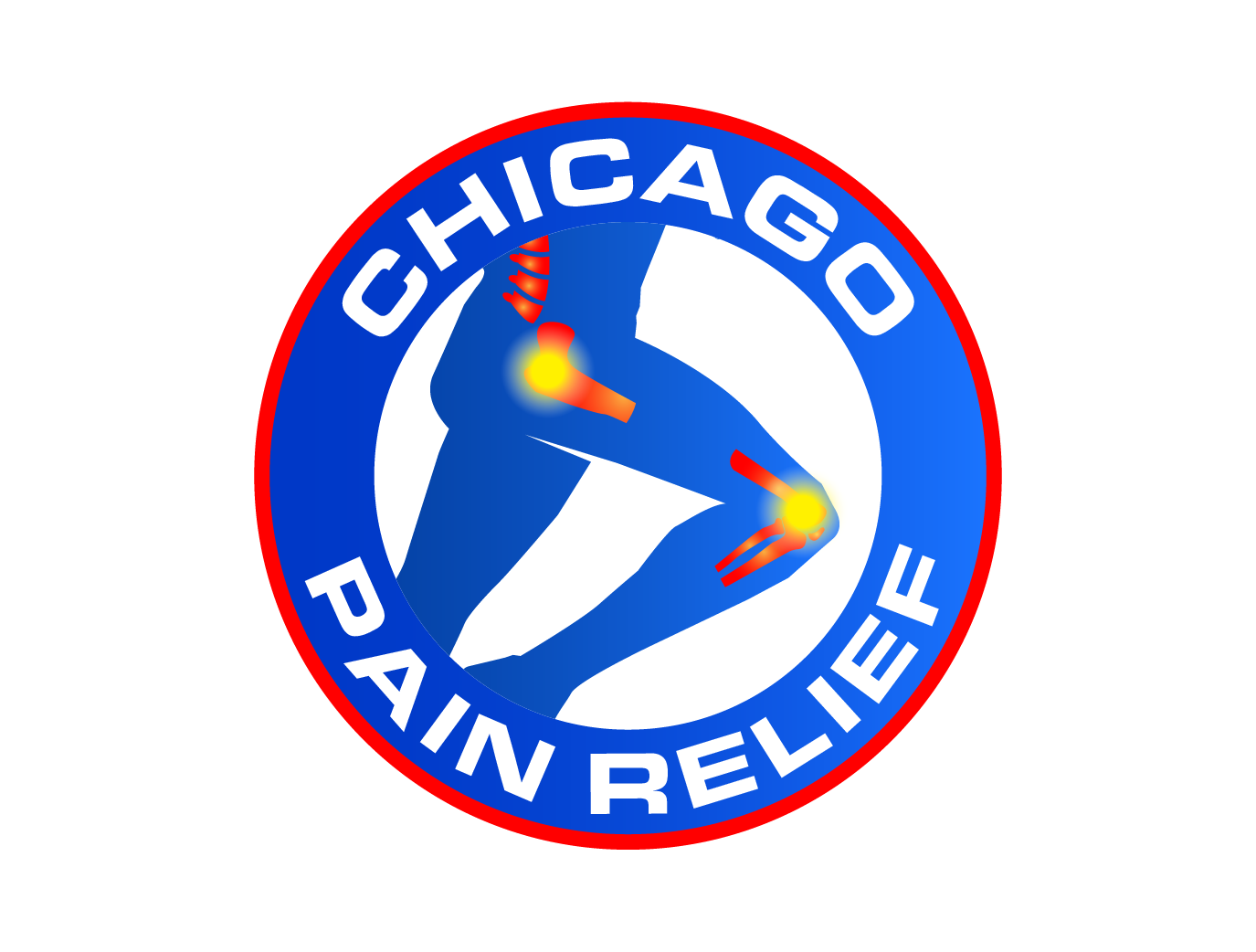Stellate Ganglion Blocks May Restore Smell and Taste for Long COVID Patients
Stellate ganglion blocks are helping to restore a sense of taste and smell for Long COVID sufferers within 1-2 hours of the procedure, even in people who lost their senses 2-3 years ago. This article, written in collaboration with Dr. Shivani Chadha, discusses the procedure and what to look for when seeking treatment.
Updated January 7, 2025
Dr. Shivani Chadha talks about her success treating the loss of taste and smell in people with Long COVID. Get up to $200 off when using code covidCAREgroup.
Sounds too good to be true, right? This is really happening for a lot of people!!!
Long COVID, the prolonged and often debilitating symptoms experienced by individuals recovering from COVID-19, has become a significant concern worldwide. Among the myriad of persistent symptoms reported by long COVID patients, the loss or alteration of smell and taste has been a particularly distressing and frustrating issue. While there is ongoing research to better understand the underlying mechanisms of this condition, one emerging approach that shows promise in restoring smell and taste is the utilization of a stellate ganglion block (SGB) procedure.
Recently, Shivani Chadha, MD, of Chicago has found that SGB can be effective for long COVID symptoms. Since starting this procedure in May 2023, she has treated about 100 patients from around the world for loss of smell and taste with incredible results. Dr. Chadha has agreed to offer covidCAREgroup followers a $100 discount on each procedure - see below for details.
Understanding Long COVID and its Impact:
Long COVID refers to complications of COVID-19 that persist or develop weeks or months after the initial infection has resolved. It is caused by the cytokine storm - this is when the immune system gets overstimulated, and it triggers mast cell activation syndrome (MCAS). MCAS then leads to the overproduction of histamines that cause inflammation. Depending on the resource, researchers estimate that about 30% - 50% of those infected with COVID-19 will experience continued inflammation for 4 or more weeks post infection, regardless of the severity of the acute infection (the contagious stage). A common post COVID condition is multiorgan inflammatory syndrome that can affect children (MIS-C) or adults (MIS-A).
Post COVID inflammation can affect any part of the body:
The nerves,
organs and tissues.
Common symptoms include loss of taste and/or smell, fatigue, brain fog, shortness of breath, muscle pain, and loss of smell and taste. The latter can have a significant impact on quality of life, affecting appetite, enjoyment of food, and even mental health and emotional well-being.
An SGB can help calm the nerves affected by COVID-19 and restore some or all function of the nerves and the organs they control.
The Role of the Stellate Ganglion:
The stellate ganglion is a collection of nerves located in the neck region. It plays a crucial role in regulating various bodily functions, including blood flow, pain perception, and nerve signaling.
By blocking the activity of the stellate ganglion through a carefully administered injection, it is believed that certain physiological imbalances associated with long COVID can be addressed.
While primarily used to treat conditions like chronic pain and post-traumatic stress disorder, SGB has shown promise in helping patients recover their sense of smell and taste.
For the best outcomes, look for a doctor who has experience treating long COVID symptoms with SGB, offers sedation, and uses ultrasound guided imagery when placing the block, like Dr. Chadha does.
The SGB Procedure and Expectations:
The procedure involves injecting a local anesthetic near the stellate ganglion, effectively blocking its activity and interrupting abnormal nerve signals. SGB treatment protocols vary by diagnosis, for instance, PTSD, depression, and anxiety require multiple procedures and the oversight of behavioral health providers.
For the purposes of restoring smell and taste, best practices for safety and effectiveness suggest treatment on one side of the neck one day, then the other side on a different day.
After undergoing an SGB procedure, it is important for patients to follow post-procedural instructions provided by their healthcare provider. This may include rest, monitoring for any side effects, and regular follow-up appointments to assess progress. It's essential to understand that recovery of smell and taste may take time and vary from patient to patient. Patience, optimism, and open communication with healthcare professionals are key during this process.
Potential Mechanisms of Action:
The exact mechanisms by which SGB may restore smell and taste in long COVID patients are still being investigated. However, researchers propose several theories. One possibility is that the stellate ganglion block reduces inflammation and modulates the activity of sensory nerves, allowing for the restoration of normal olfactory and gustatory function. Additionally, it is believed that SGB may improve blood flow to the nasal and oral regions, aiding in tissue healing and regeneration.
The Importance of Individualized Treatment:
It is crucial to emphasize that not all long COVID patients will benefit from SGB. Each case is unique, and thorough evaluation and discussion with a healthcare professional are necessary to determine the appropriateness of the procedure. Factors such as the severity and duration of smell and taste loss, as well as the presence of other long COVID symptoms, will be considered when making treatment decisions.
Conclusion:
As the medical community continues to explore treatment options for long COVID, the potential of stellate ganglion block in restoring smell and taste represents a promising avenue. While research is ongoing and individual outcomes may vary, SGB offers hope to those grappling with persistent olfactory and gustatory dysfunction. If you or someone you know is a long COVID patient experiencing these symptoms, consulting a healthcare professional well-versed in SGB could be a valuable step toward regaining a sense of normalcy and improving overall well-being.
FAQs for Stellate Ganglion Block and restoring smell and taste for Long COVID
What is a stellate ganglion block (SGB)?
A stellate ganglion block is a medical procedure that involves injecting a local anesthetic near the stellate ganglion, a cluster of nerves located in the neck region. The purpose of the procedure is to block the activity of the stellate ganglion, which may help alleviate symptoms associated with certain conditions, including chronic pain, post-traumatic stress disorder (PTSD), TBI, anxiety, depression.
Can a stellate ganglion block help restore smell and taste in long COVID patients?
While there is ongoing research into the potential benefits of stellate ganglion block for long COVID patients, it has shown promise in some cases. The exact mechanisms are still being investigated, but it is believed that the procedure may help reduce inflammation, modulate sensory nerve activity, and improve blood flow to the nasal and oral regions, potentially aiding in the restoration of smell and taste.
How long does it take to see improvements in smell and taste after an SGB?
Recovery timelines can vary among individuals, and it's important to set realistic expectations. Some patients may experience improvements shortly after the procedure, while others may take several weeks or even longer. It's crucial to be patient and continue to follow up with your healthcare provider to monitor progress.
Are there any risks or side effects associated with SGB?
Like any medical procedure, there are potential risks and side effects associated with stellate ganglion blocks. These can include injection site reactions, changes in blood pressure, nerve damage (rare), allergic reactions to the anesthesia, infection (rare), and rarely, vocal cord paralysis. It's important to discuss the potential risks and benefits with your healthcare provider and address any concerns before proceeding with the procedure.
How can I determine if I am a suitable candidate for an SGB to restore smell and taste?
To determine your candidacy for an SGB, it is essential to consult with a healthcare professional experienced in performing the procedure and treating long COVID patients. Factors such as the duration and severity of smell and taste loss, as well as the presence of other long COVID symptoms, will be taken into consideration during the evaluation process.
Is the restoration of smell and taste guaranteed with an SGB?
No medical procedure can guarantee specific outcomes, as individual responses to treatments can vary. While SGB has shown promise in some cases of long COVID-related smell and taste loss, there is no guarantee that it will lead to a full restoration of these senses. However, it represents a potential avenue worth exploring for individuals seeking to improve their olfactory and gustatory function.
Introducing Dr. Shivani Chadha, MD
Shivani Chadha, MD, Founder Chicago Pain Relief
Dr. Chadha has taken a lead in the field of Long COVID by treating the loss of smell and taste using ultrasound guided stellate ganglion blocks. Her patient report partial or full return of their senses as quickly as 40 minutes after the procedure.
Dr. Chadha specializes in interventional pain management and anesthesiology. After earning her medical degree, she went on to complete her residency in anesthesiology at the Cleveland Clinic in Cleveland. She then completed a fellowship in interventional pain management at Rush University Medical Center in Chicago.
Dr. Chadha also provides practical solutions that alleviate symptoms, including knee, hip, shoulder, neck, and back problems using viscosupplementation and radiofrequency ablation therapies for conditions like osteoarthritis.
How to make an appointment with Dr. Chadha
For optimal outcomes, Dr. Chadha recommends one SGB on each side of the neck, one side/day.
Contact: Schedule an appointment or request information through this confidential link here. All inquiries are HIPAA protected for privacy.
Location: 6715 Kingery Highway, WIllowbrook, IL, 60527
Phone: 630-537-1125 | Website: www.cpr4pain.com
Insurance: This procedure is not covered by insurance for long COVID symptoms at this time.
Discount Code: Use code COVIDCAREGROUP for $100 off per procedure
Travel Planning: Dr. Chadha is located in the Chicagoland, Illinois area. Plan on staying nearby for 1-2 nights.
Recommended Hotel: Marriott, Burr Ridge Illinois.
Airport options: Chicago O’Hare International Airport, Midway International Airport.
Transportation: Taxis, Uber, and Lyft are available; however, Dr. Chadha recommends you bring a family member or friend to assist you after the procedure while you are still under the influence of anesthesia.
Disclaimer: This blog and FAQs provides general information and should not substitute professional medical advice. Always consult with qualified healthcare professionals to receive personalized guidance and treatment options for your specific condition.
Keep moving, keep breathing!
COVID Care Group, LLC is not a healthcare provider and does not provide medical advice, diagnosis, or treatment.
Article Resources
Stellate Ganglion Block for Long COVID Symptom Management: A Case Report - PMC (nih.gov)
Stellate ganglion block reduces symptoms of Long COVID: A case series - PMC (nih.gov)
Neuroanatomy, Stellate Ganglion - StatPearls - NCBI Bookshelf (nih.gov)
Pain Injections Improve Taste And Smell For Patient With Long COVID (clevelandclinic.org)
Stellate Ganglion Blocks - PubMed (nih.gov)
How does stellate ganglion block alleviate immunologically-linked disorders? - PubMed (nih.gov)
Stellate Ganglion Block for Long COVID | Pain & Spine (painandspinespecialists.com)





